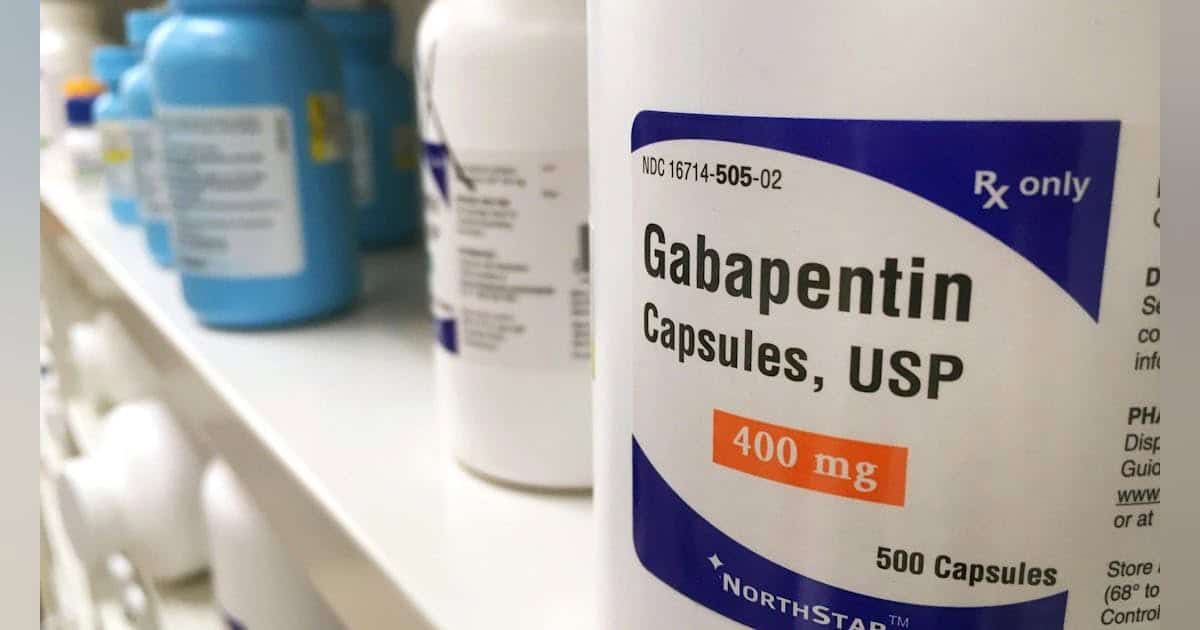When discussing prescription medications, one common question is about their appearance – what they look like and how to identify them. What does Gabapentin look like? for instance, Gabapentin is a federally controlled substance (CV) and a popular prescription medication used to treat seizures, nerve pain, and other conditions. This article delves into what does Gabapentin looks like and its key features.
Key Takeaways
- Gabapentin, an anticonvulsant medication, is used for treating seizures, nerve pain, and certain types of anxiety disorders.
- It comes in differing forms, such as tablets, capsules, and oral solution, with distinct imprint codes to aid in identification.
- Common side effects may include dizziness, drowsiness, and fatigue, while serious side effects can involve suicidal thoughts, vision changes, and difficulty breathing.
What is Gabapentin?
Originally developed for epilepsy treatment, Gabapentin has expanded its beneficial applications. It is an anticonvulsant medication used for managing seizures, nerve pain, restless leg syndrome, and even certain anxiety disorders. Available in capsule, tablet, and oral solution forms, Gabapentins accessibility and versatility have made it a widely preferred medication.
Recognizing Gabapentin
Identification of Gabapentin involves examining its physical attributes and recognising its distinctive imprint codes. Gabapentin tablets are often white and oblong, and capsules may also be white or come in different colors. However, it’s vital to note that the appearance could vary between brands and generic versions. Consult a healthcare provider if there’s any doubt about your medication’s appearance.
Gabapentin Forms
Gabapentin is available as capsules, tablets, and oral solutions in various strengths to suit diverse needs. Though developed as an anticonvulsant, Gabapentin has seen broadened applications, providing relief to individuals with different medical conditions.
Gabapentin Color & Imprint Codes
Gabapentin’s color can range from white to yellow depending on the manufacturer and dosage. The imprint codes on Gabapentin also differ and serve as a useful identifier for the medication, playing a crucial role in ensuring the correct dose is administered.
Gabapentin Applications
Gabapentin serves multiple purposes. Primarily, it treats epilepsy and also manages nerve pain resulting from conditions like shingles or diabetic neuropathy. Gabapentin is often off-label prescribed for chronic pain, anxiety disorders, and restless leg syndrome. Consulting a healthcare professional ensures you benefit optimally from using Gabapentin.
Side effects of Gabapentin
As beneficial as Gabapentin is, it has side effects. Common ones can include dizziness, drowsiness, and fatigue. Serious effects like suicidal thoughts, vision changes, and difficulty breathing warrant immediate medical attention. Always alert your healthcare provider of any side effects experienced while using Gabapentin.
Identifying Gabapentin
Gabapentin identification requires checking the medication’s appearance, color, and shape, noting the unique imprints on the tablets or capsules, and examining the packaging. Contact a healthcare provider to authenticate any medication if unsure. These steps ensure that not only the authenticity of the medication is verified but also that it is being taken correctly as prescribed.
Frequently Asked Questions
What does Gabapentin look like?
Gabapentin varies in appearance depending on the manufacturer and its form. It typically comes as a white or off-white tablet or capsule. The oral solution is usually a clear or pale yellow liquid.
What forms does Gabapentin come in?
Gabapentin is available in various forms, including tablets, extended-release tablets, capsules, and oral solutions.
How can I identify Gabapentin?
Identification of Gabapentin involves checking the medication’s appearance, looking for unique imprint codes on tablets or capsules, and examining the packaging. Consulting a healthcare provider can also help in identifying the medication correctly.
What is Gabapentin used for?
Gabapentin is primarily used to treat seizures and nerve pain caused by conditions like shingles or diabetic neuropathy. It may also be prescribed off-label to treat conditions such as fibromyalgia, restless leg syndrome, or certain anxiety disorders.
Are there any side effects of Gabapentin?
Yes, Gabapentin may cause side effects like dizziness, drowsiness, and fatigue. In some rare cases, serious side effects like suicidal thoughts, vision changes, and difficulty breathing may occur. It’s essential to consult a healthcare provider if any concerning side effects occur.
Can Gabapentin be used for pain management?
Gabapentin may be prescribed off-label for various types of chronic pain such as nerve pain caused by conditions like shingles or diabetes. However, it is not typically used for general pain relief. The suitability of Gabapentin for pain management depends on the individual’s specific condition and a healthcare professional’s recommendation.
Is Gabapentin used for anxiety and sleep disorders?
While Gabapentin may be prescribed off-label for certain anxiety conditions and sleep disorders, it is not the primary treatment for these issues. The effectiveness of Gabapentin for these conditions is not well-established. It’s crucial to consult with a healthcare provider to determine the most appropriate treatment methods.
Wrapping Up Our Understanding of What does Gabapentin look like
Gabapentin, a widely used anticonvulsant, treats a variety of conditions, primarily seizures, and nerve pain. Recognizing Gabapentin involves checking its physical attributes and confirming the distinctive imprint codes. While beneficial, Gabapentin users need to be aware of its potential side effects. Consult a healthcare professional for your medication queries, ensuring safe and correct use of Gabapentin for maximum benefits.
